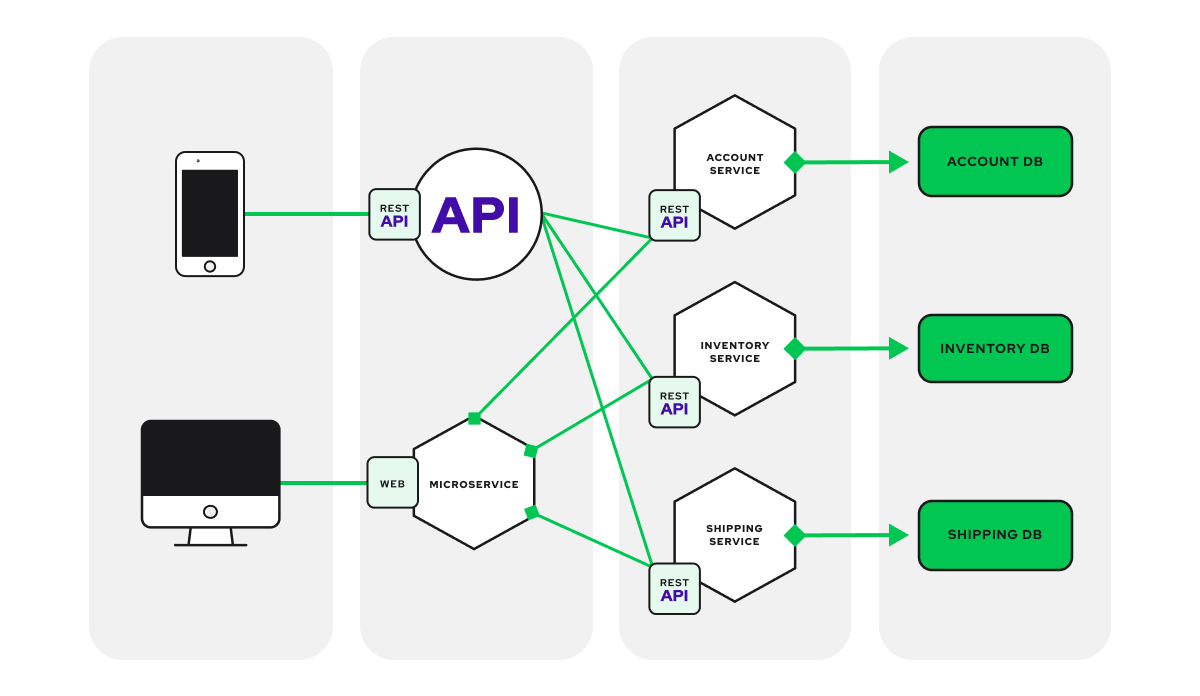Unlocking Agility: The Microservices Revolution

In the dynamic realm of software development, microservices architecture has emerged as a catalyst for innovation and business agility. This revolutionary approach to designing applications has transformed the way companies develop, deploy, and scale their digital services.
What are Microservices?
Microservices are a software architecture that decomposes monolithic applications into independent and autonomous components. Each microservice is responsible for a specific task and communicates with other services through well-defined interfaces. This modular approach enables development teams to work on individual components independently, facilitating scalability and continuous deployment.
Key Benefits:
- Agility and Continuous Deployment: Microservices architecture enables continuous delivery, allowing changes to be implemented more quickly and frequently. This streamlines the development lifecycle and enhances responsiveness to changing market demands.
- Scalability: Each microservice can be scaled independently as needed, avoiding the necessity to scale the entire application. This optimizes resources and improves performance, especially in variable load environments.
- Resilience: Independence of microservices ensures that a failure in one component does not affect the entire application. This improves resilience and availability as services can handle errors in isolation.
- Diverse Technology Stacks: Each microservice can be developed using the most suitable technology for its specific task. This allows teams to use the programming language and tools most appropriate for their work, fostering innovation and the adoption of new technologies.
Challenges and Considerations:
Despite its benefits, implementing a microservices architecture is not without challenges. Managing complexity, coordinating between services, and effective monitoring are key areas that require attention. However, overcoming these challenges can result in a more robust and flexible infrastructure.

Leave a Reply